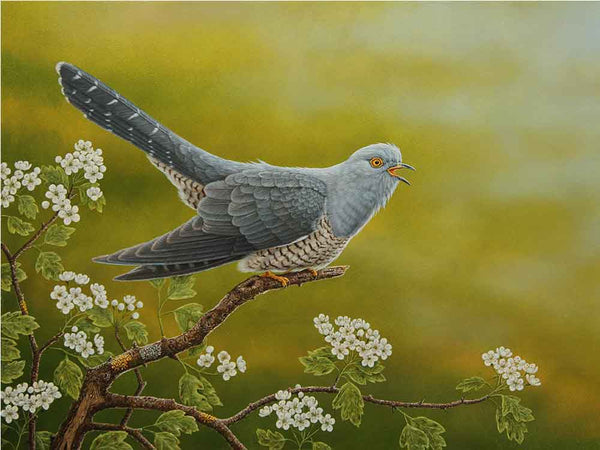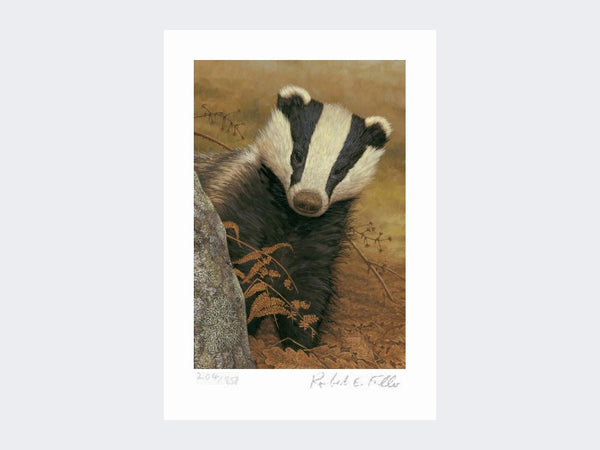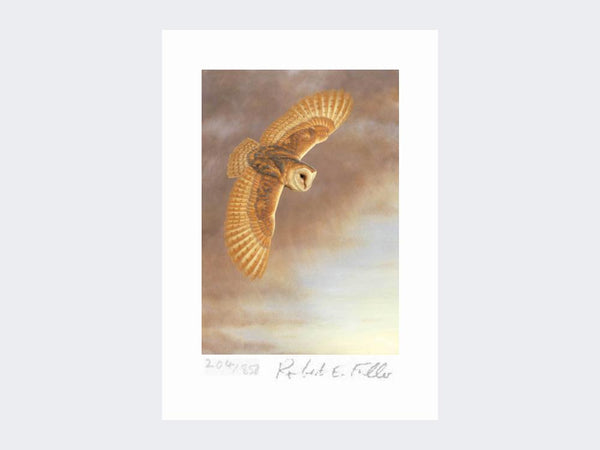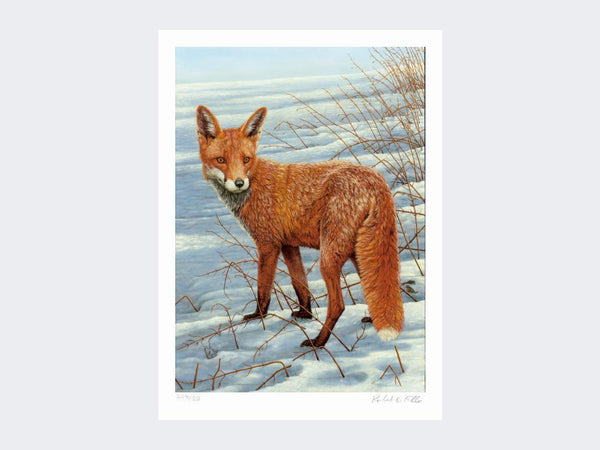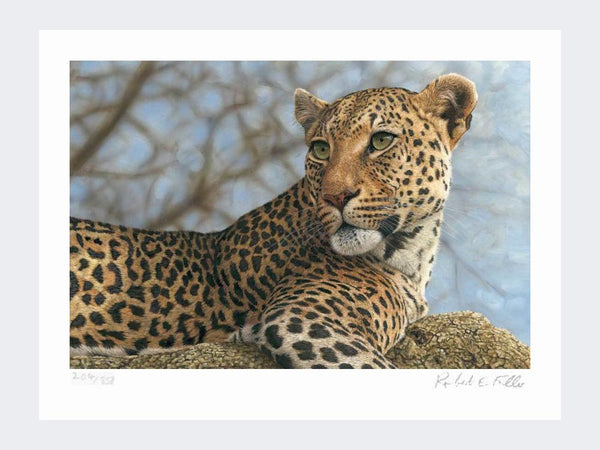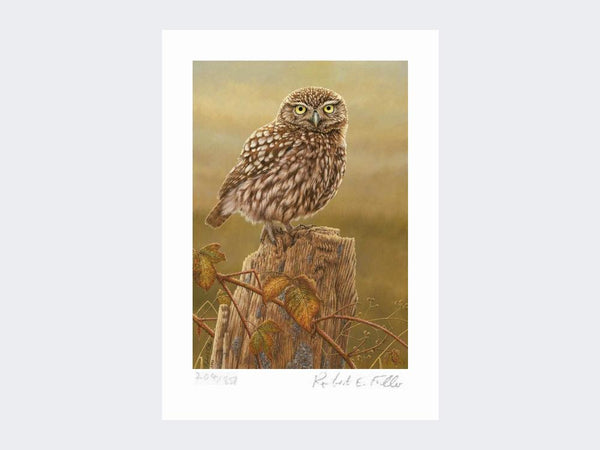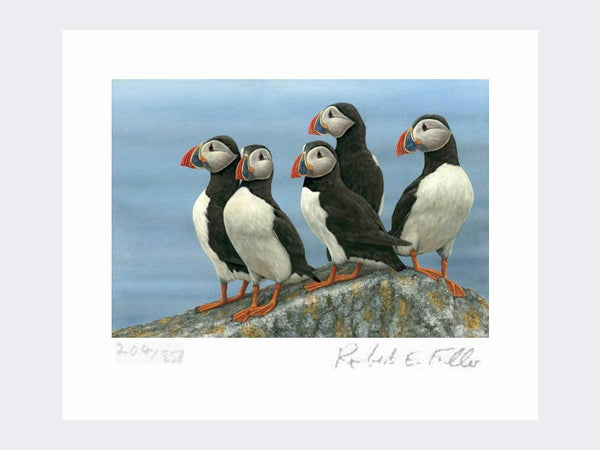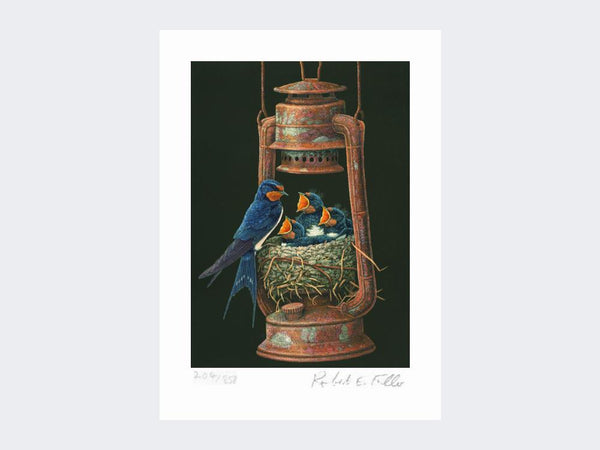High in the Alps, where blizzards swirl and giant vultures swoop, herds of nimble-footed ibex live harsh, perilous lives. Watch them scale sheer cliffs, dig through snow for food and even dodge attacks from golden eagles.
Alpine ibex
These animals are a species of goat exclusive to Europe's Alps. I travelled to Chamonix, a mountainous region near Mont Blanc and then walked up the Refuge de Varan in the La Fiz mountain range and to a plateau beneath the 1700m peak, Tete a L’Ane. To guarantee a sighting and to stay safe in these wild mountains I took a guided tour with Daniel Rodrigues of Chamonix Guides Male ibex are best known for their huge curved horns. In winter they group in small herds just above the snow line where the sun lights up their dark coats, turning them a golden bronze. As a teenager I spent hours drawing the mesmerizing twists of their long horns. The females are still caring for last year's kids and I find a group scrambling over sheer cliffs. Ibex hooves have a hard outer case that allows them to dig into ledges in the rock and soft pads on the bottoms of their hooves that mould to the mountains surface like climbing shoes.
Although their bodies appear thick and muscular from the side, ibex are actually quite slender when viewed head on. This helps maintain balance on the steep slopes. Over winter, Ibex can slow their heart rate down by up to 60%, meaning they don’t need to eat as much food to survive. They eat twigs and branches but these grass makes up more than 50% of these herbivores' diet and so they need all their energy to dig under the snow to find it.In spite of their intimidating horns, ibex actually are quite placid, although when the males fight among themselves the clashes can be brutal. The horns are also important when fending off predators like wolves, foxes and eagles.
Alpine wildlife - golden eagle, beared vultures & chamois
Incredibly I get to witness such an attack as a golden eagle swooped down, trying to push the younger ibex from the cliffs. It swooped again and again hoping to single out a weaker one. An ibex could feed this apex predator for some time. Lower down the valley I spot another golden eagle, a juvenile. lunging at a red fox. The fox holds its ground but as they spar the tension is obvious. But among the most incredible wildlife to be seen on these slopes are bearded vulture. With a formidable three metre wingspan, bearded vultures are Europe's biggest birds. Until recently there were no bearded vultures left in the Alps, but thanks to a reintroduction programme there are now 300 bearded vultures and so to see one is really special.
On lower slopes are chamois, a species of goat-antelope and part of the Rupicaprin family. Chamois live in mixed herds, on inhospitable rocky slopes where in wintertime they feed on the branches and buds of mountain ash ,willow and sycamore trees. Most people visit Chamonix to ski, but for me, its all about the wildlife here. And it has been fascinating to get an insight into the harsh life of the ibex and to also spot elusive bearded vultures, golden eagles and shy chamois.
Interested in wildlife travel? Join Robert's travel club
If you long to see elephants roaming wild or dream of watching polar bears on the ice, then you may be interested in joining my travel club. I travel to far-flung destinations to see wildlife and now I want to share my knowledge with you. I've teamed up with award-winning wildlife tour operators Wildfoot Travel to create a travel club with a number of benefits. And, it's free! Interested? Find out more





